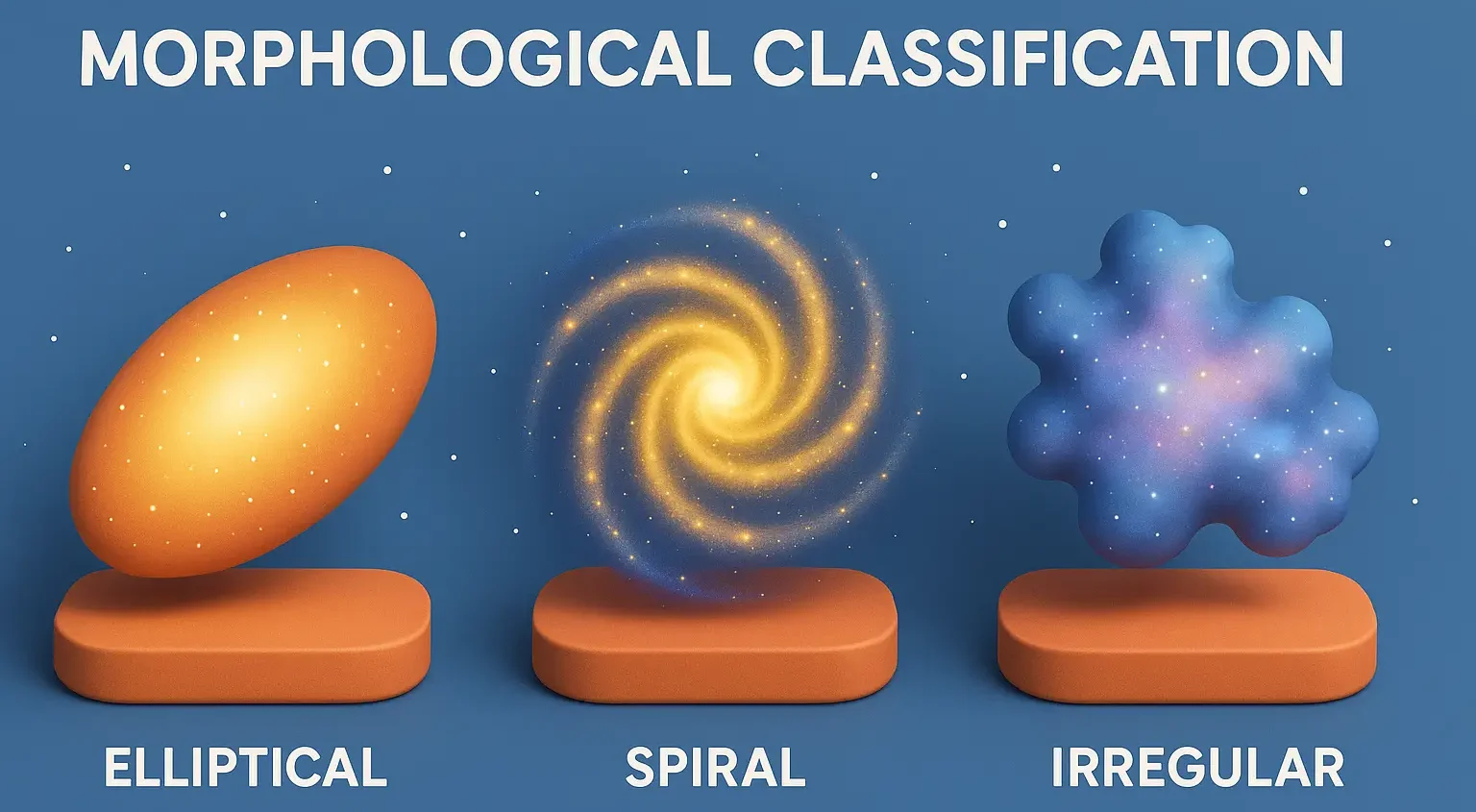- Morphological Classification: Groups crude drugs by plant parts like leaves, roots, seeds, and flowers
- This classification is based on the plant part used or the morphological characteristics of the drug.
- It helps in the identification of crude drugs.
Categories and Examples:
| Category |
Examples |
| Leaf drugs |
Senna, Tea, Digitalis |
| Bark drugs |
Cinchona, Cinnamon |
| Root drugs |
Rauwolfia, Liquorice |
| Flower drugs |
Clove, Saffron |
| Seed drugs |
Nux vomica, Isabgol |
| Fruit drugs |
Fennel, Amla |
| Whole plant drugs |
Ephedra, Lobelia |
Advantages:
- Useful for easy identification of drugs.
- Helps in understanding plant-based drug sources.
Disadvantages:
- Does not consider the chemical constituents or therapeutic effects of the drugs.
Click Here to Watch the Best Pharma Videos

